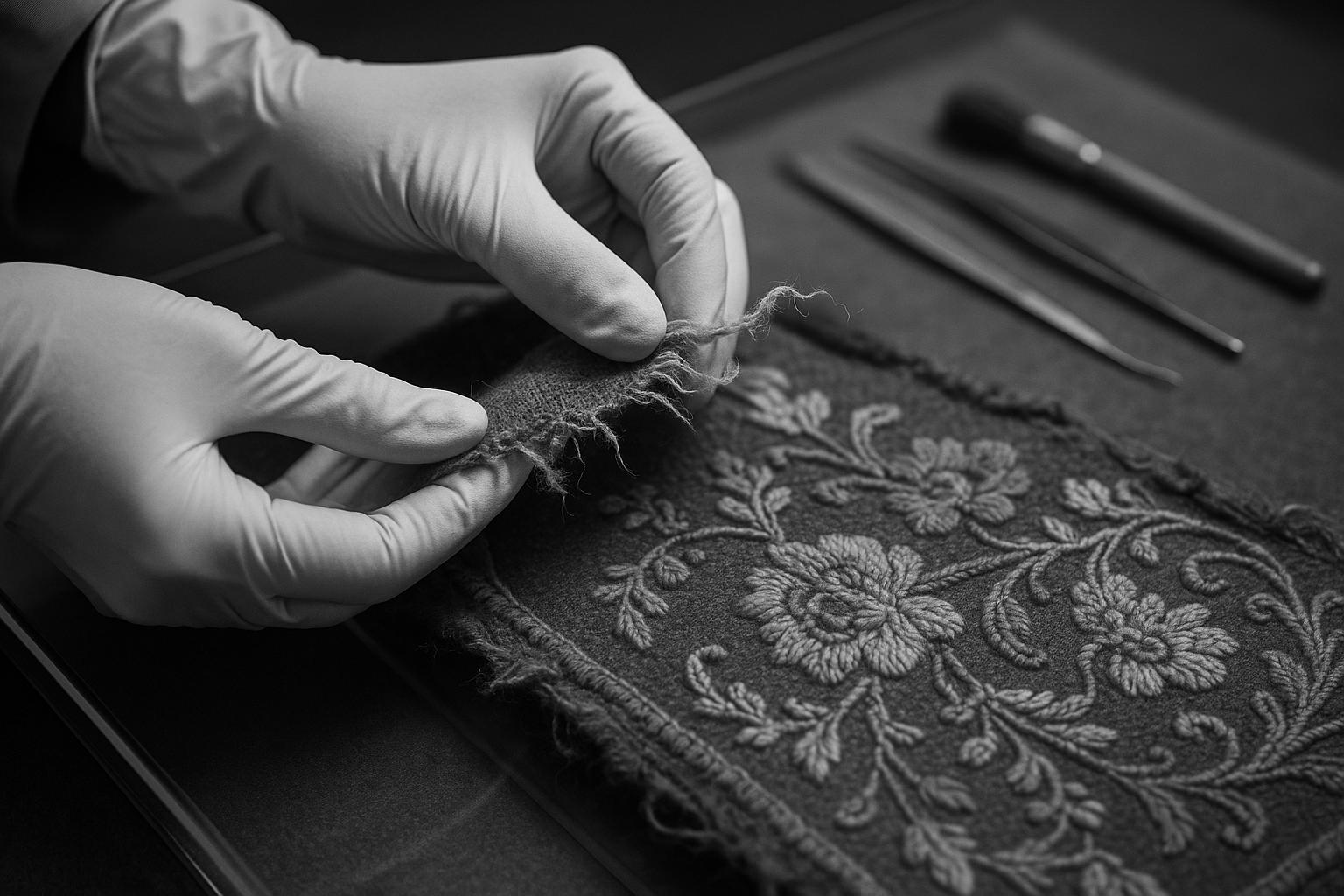The Bayeux Tapestry, the 11th‑century embroidery that records the Norman conquest of England, is to be shown in London for the first time since it was stitched — an arrangement agreed by Prime Minister Keir Starmer and President Emmanuel Macron and presented by both governments as part of a wider diplomatic “reset”. According to the UK government’s announcement, the loan underpins a cultural partnership intended to deepen people‑to‑people ties between the two countries.
The British Museum has confirmed the loan in a press release, describing the arrangement as a “historic loan agreement” and setting the exhibition running from September 2026 until July 2027; the museum said conservation considerations determined the gallery and handling arrangements that will be used to protect the fragile textile. The decision follows detailed planning between curators and conservators to meet the tapestry’s exacting environmental and display requirements.
Officials say the move will be reciprocal. The British announcement and the Élysée joint declaration from the UK‑France summit make clear that treasures representing the four nations of the United Kingdom — including key items from the Sutton Hoo ship burial and the Lewis chessmen — will travel to Normandy as part of a series of exhibitions tied to commemorations around the millennium of William the Conqueror in 2027. The exchanges are being framed on both sides as major cultural and educational opportunities for audiences in Britain and France.
But, according to a detailed account in The Times, the path to agreement was not straightforward: French negotiators pressed for additional concessions while the loan was being thrashed out. The paper reports that officials in Paris floated the idea of offering the Rosetta Stone in some form of exchange and also sought free or discounted access for French citizens to see the tapestry in London — proposals that foundered. British officials insisted that ticketing and access were a matter for the British Museum, which opposed the demands. The museum has repeatedly emphasised that exhibition arrangements must balance public access with conservation and institutional responsibilities.
The decision to send the tapestry abroad is also practical. The Bayeux Museum will close for major renovation and conservation work from September 2025 until October 2027, a fact noted by international coverage of the deal; that closure and the tapestry’s well‑documented fragility have been central to longstanding reluctance in France to lend it. President Macron, according to reports of the signing ceremony, acknowledged that French authorities had resisted previous requests and that the package of reciprocal loans and cooperative programming helped unlock the impasse.
Seen from Paris and London, the exchange serves both cultural and diplomatic ends. The Élysée Palace framed the loan as part of a broader summit package that seeks to mark shared history and to stage cooperative events for 2027; French and British officials have described the agreement as signalling renewed cultural co‑operation after years of strained relations. Yet the episode also underlines how high‑value heritage can become entangled in national politics: museums and governments must reconcile claims about national patrimony with the practicalities of conservation, public access and international diplomacy.
For the public and for museum professionals the coming months will be a test of how far cultural diplomacy can bridge political differences while safeguarding fragile, irreplaceable objects. The official statements and press reporting together show a deal that balances symbolic ambition with technical constraint: a long‑deferred loan, reciprocal exhibitions, and an insistence from curators that conservation and institutional autonomy ultimately set the terms.
📌 Reference Map:
##Reference Map:
- Paragraph 1 – [1], [4], [5]
- Paragraph 2 – [3], [4], [6]
- Paragraph 3 – [3], [4], [5]
- Paragraph 4 – [1], [2], [3]
- Paragraph 5 – [7], [6], [3]
- Paragraph 6 – [5], [6], [4]
- Paragraph 7 – [1], [2], [6], [5]
Source: Noah Wire Services
